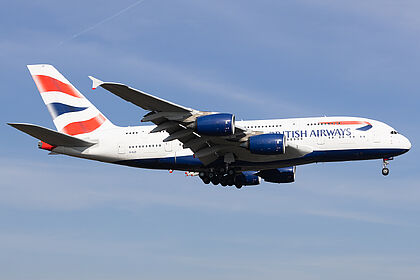Understanding the Airbus A380: An Icon of Aviation

Introduction
The Airbus A380, known as the world’s largest passenger airliner, has revolutionized air travel since its first flight in 2005. With a capacity of over 500 passengers depending on the configuration, this double-deck aircraft is a marvel of modern engineering and a symbol of long-haul travel. As airlines worldwide adapt to changing travel patterns and a post-pandemic environment, understanding the significance of the A380 remains crucial for both passengers and industry stakeholders.
Current Status and Recent Developments
In recent months, the demand for air travel has rebounded significantly, leading to a renewed interest in the Airbus A380. Airlines such as Emirates, which operates the largest fleet of A380s, have announced plans to reinstate A380 routes that were paused during the COVID-19 pandemic. For instance, Emirates has resumed flights to various destinations, reflecting a growing appetite for international travel.
Airbus ceased production of the A380 in 2021, citing a shift in market demand towards smaller, more fuel-efficient aircraft. However, the recent resurgence of travel has prompted discussions among industry analysts regarding the future of the A380. Some airlines are looking to refurbish their A380s with new interiors and upgraded technology to better serve modern passengers.
The Future of the Airbus A380
With the air travel landscape constantly evolving, the future of the A380 remains uncertain yet intriguing. Analysts suggest that while the aircraft is not in production anymore, its presence in the skies is likely to continue for several more years as airlines make the most out of their existing fleets. The demand for high-capacity aircraft may remain specific to a few routes that cater to mass tourism or large-scale events.
Additionally, initiatives are underway to enhance the sustainability of older aircraft, including the A380. Airlines are exploring options for sustainable aviation fuels and retrofitting their fleets to be more environmentally friendly, which may include upgrading A380s to meet these new standards.
Conclusion
The Airbus A380 continues to hold a unique place in the hearts of aviation enthusiasts and travelers alike. Its ability to carry hundreds of passengers comfortably makes it a standout in the market. Despite production stops, its impact on air travel will be felt for years to come. As airlines adapt to the new realities of air travel, the Airbus A380 will likely play a critical role in shaping the future of long-haul, high-capacity aviation.








